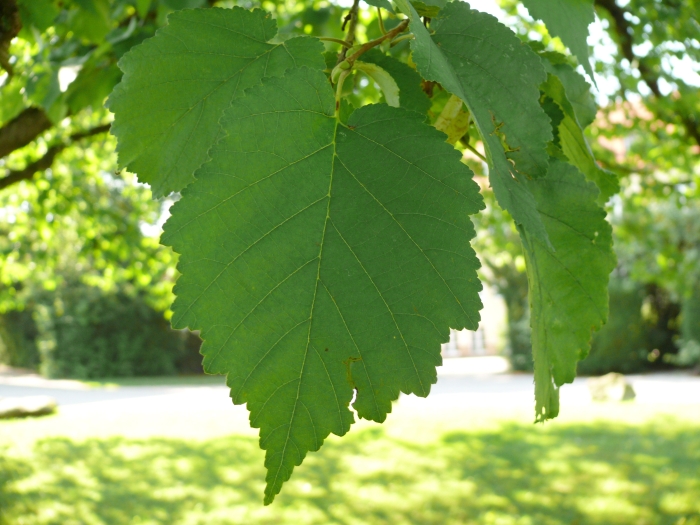Turkish Hazel
(Corylus colurna)
Turkish Hazel (Corylus colurna)
/
/

Martinus KE
CC BY-SA 4.0




































































Estimated Native Range
Summary
Turkish Hazel is valued for its hardiness in urban environments, where it can withstand pollution and soil compaction, and its symmetrical crown is appreciated for formal landscape designs. It is used for avenue planting, as a specimen tree, and in large gardens. While it can tolerate a range of soil conditions, including occasional drought and alkaline soils, it prefers moist, well-drained sites and full sun to part shade. Once established, it is also tolerant of heat and cold. Corylus colurna is relatively free of serious pests and diseases, but its deep root system can make transplanting difficult. It requires additional watering during the first couple of years after planting until it becomes fully established.CC BY-SA 4.0
Plant Description
- Plant Type: Tree
- Height: 40-80 feet
- Width: 30-50 feet
- Growth Rate: Slow
- Flower Color: Yellow
- Flowering Season: Spring
- Leaf Retention: Deciduous
Growth Requirements
- Sun: Full Sun, Part Shade
- Water: Medium
- Drainage: Slow, Medium, Fast
Common Uses
Bee Garden, Butterfly Garden, Deer Resistant, Drought Tolerant, Edible*Disclaimer: Easyscape's listed plant edibility is for informational use. Always verify the safety and proper identification of any plant before consumption., Low Maintenance, Street Planting
Natural Habitat
Southeastern Europe, Western Asia, and parts of the Middle East in a variety of woodland settings
Other Names
Common Names: Turkish Hazelnut, Turkish Filbert, Turkish Hazel, Byzantine Filbert, Clusternut, Constantinople-Nut, Türkische Baumhasel, Türkische Hasel, Baumhasel, Baum-Hasel
Scientific Names: , Corylus colurna, Corylus bizantina, Corylus iberica, Corylus cervorum, Corylus colurna var. colurna, Corylus abchasica, Corylus avellana f. glomerata, Corylus avellana var. glomerata, Corylus avellana var. macrochlamys
GBIF Accepted Name: Corylus colurna L.